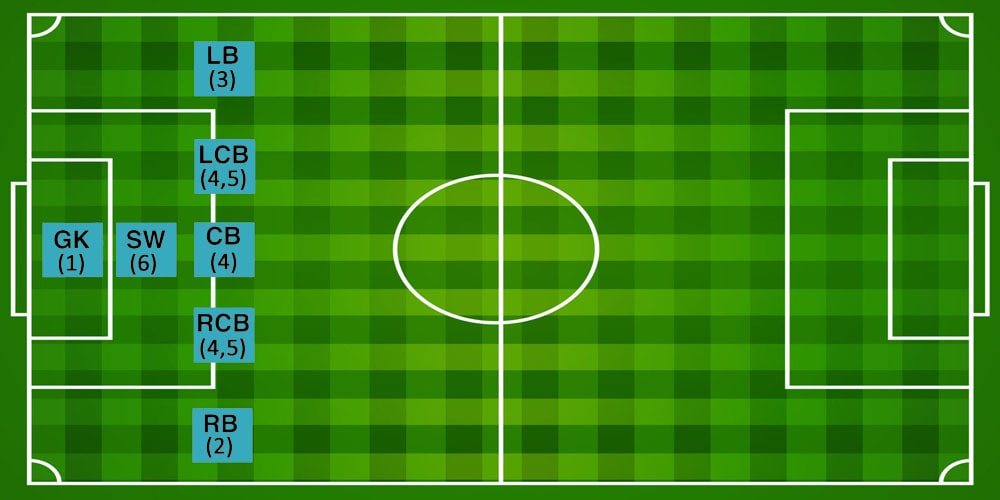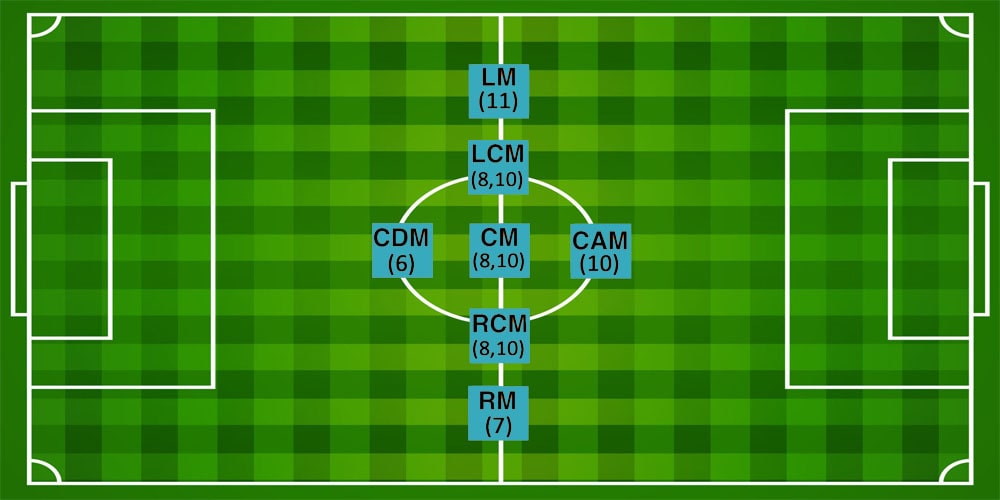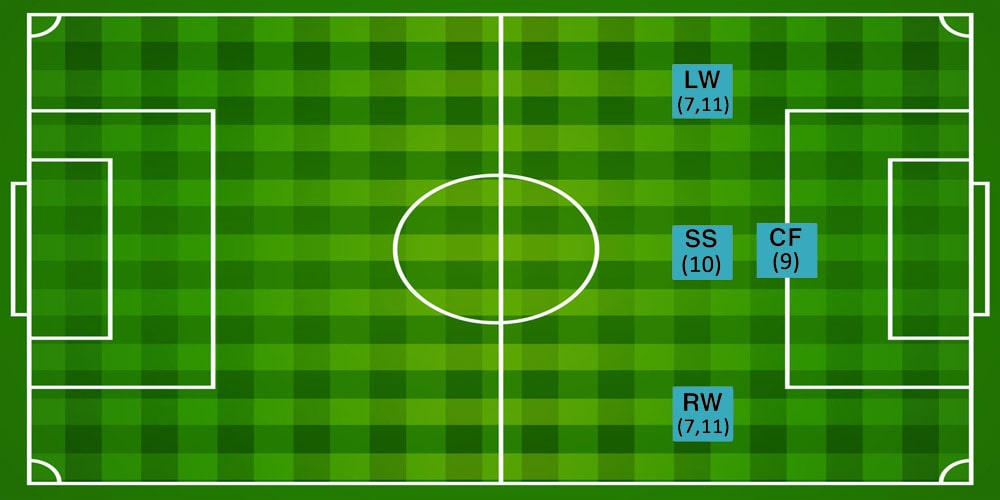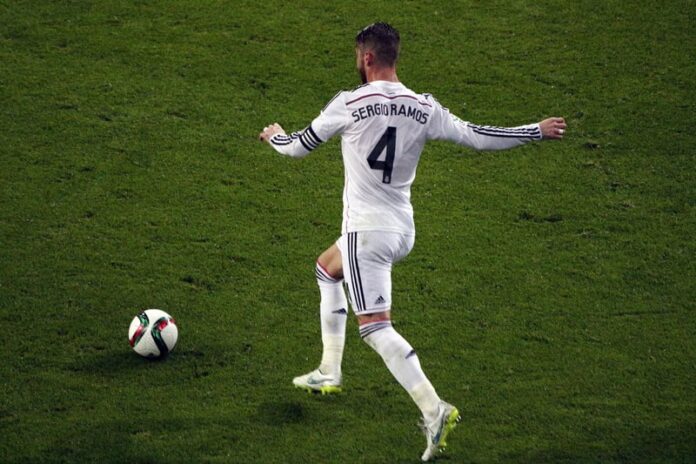Soccer, known as football in most parts of the world, is a sport rich in tradition and strategy. One of the fascinating aspects of the game is the numbering system used to identify players’ positions on the field termed as soccer position numbers. These numbers, while seemingly simple, carry a deep historical significance and provide insight into the roles and responsibilities of each player.
From the goalkeeper wearing the iconic number 1 jersey to the striker donning the revered number 9, each position number tells a story about the evolution of the game and the tactical setups employed by teams. In this article, we will explore the traditional soccer position numbers, their historical context, and how they are used in modern formations to define player roles.
The History and Evolution of Soccer Position Numbers
Soccer position numbers originated in the early 20th century to standardize player roles. Introduced in England, this system initially used the 2-3-5, or “Pyramid,” formation. In this setup, the goalkeeper wore number 1. Defenders had numbers 2 through 5. Midfielders wore numbers 6 through 8. Forwards had numbers 9 through 11.
As the game evolved, so did formations and roles. This led to new positions and number assignments. While numbers like 6 and 10 have shifted to reflect modern roles like defensive midfielders and playmakers.
The basic numbering system is key to soccer’s heritage. Modern formations and roles continue to adapt. But, the historical significance of these numbers endures.
Soccer Position Number 1: Goalkeeper
The number 1 jersey is worn by the goalkeeper. It is the most critical position on the soccer field. The goalkeeper is the last line of defense. Their main job is to stop the other team from scoring. They do this by blocking shots, catching crosses, and organizing the defense. This position requires excellent reflexes and shot-stopping. It also needs high mental focus and leadership. The key roles of a goalkeeper include:
- Shot-Stopping: Making saves from shots on goal, using hands, feet, or body.
- Commanding the Area: Catching or punching crosses and set pieces to clear the ball.
- Organizing the Defense: Communicating with defenders to maintain a solid defensive structure.
- Distribution: Initiating attacks by distributing the ball to teammates via throws, kicks, or passes.
- One-on-One Situations: Closing down attackers to block or divert shots in breakaway situations.
Defenders
Defenders are key to maintaining a strong defensive structure on the field. The right back (2) and left back (3) cover the flanks. The center backs (4 and 5) anchor the defense, blocking and tackling. The sweeper (6), now rare in modern play, plays behind the center backs. They clear the ball and organize the defense. Traditionally the defenders are given soccer position numbers 2,3,4,5, and 6.

Soccer Position Number 2: Right Back
The right back, wearing the number 2 jersey, is key to the defense. He plays on the right side of the backline. This role has both defensive and offensive duties. It must block the wingers while supporting the attack.
- Defensive Duties: Marking opposing wingers, blocking crosses, and tackling attackers.
- Supporting the Attack: Overlapping runs to provide width and support the right winger.
- Crossing: Delivering accurate crosses into the opponent’s penalty area from the right flank.
- Positioning: Stay disciplined. Cover both the winger and, if needed, the central defense.
Soccer Position Numbers 4,5: Center Backs
Center backs, wearing the numbers 4 and 5, are central to a team’s defensive strategy. Centrally positioned, they must block the opposition’s strikers and hold the defense.
- Marking: Tracking and challenging the opposing strikers.
- Aerial Duels: Winning headers during set-pieces and crosses.
- Clearing the Ball: Clearing dangerous balls from the penalty area.
- Organizing Defense: Coordinating with other defenders to maintain defensive shape.
Soccer Position Number 3: Left Back
The left back, wearing the number 3 jersey, plays a vital role on the left side of the defense. This position requires balancing defensive duties with the ability to support the attack.
- Defensive Duties: Marking wingers and blocking crosses.
- Supporting the Attack: Overlapping runs to provide width and crossing opportunities.
- Positioning: Maintaining defensive discipline while supporting the left-sided midfielder or winger.
Soccer Position Number 6: Sweeper
The sweeper, often wearing the number 6, plays a less common but still important role in defense. The sweeper, behind the center backs, clears the ball and organizes the defense.
- Covering: Providing additional coverage behind the center backs.
- Clearing the Ball: Clearing balls from the defensive area, especially from dangerous situations.
- Organizing the Defense: Directing the defensive line and ensuring a cohesive defensive shape.
Midfielders
Midfielders are the heart of the team, connecting defense and attack. They control the game by distributing the ball and supporting both defensive and offensive plays. Traditionally the Midfielders were given soccer position numbers 6 through 8. But as the game evolved, so did formations and roles. This led to new positions and number assignments. The key midfield positions in modern games are a defensive midfielder (6), central midfielder (8, 10), an attacking midfielder (10), and wide midfielder (7, 11).

Soccer Position Number 6:Defensive Midfielder
The defensive midfielder, often wearing number 6, plays a vital role. They protect the defense and disrupt the opponent’s attacks. This player, in front of the backline, aims to disrupt the opposing team’s play and shield the defense.
- Defensive Duties: Stopping opposition attacks by intercepting passes and making tackles.
- Shielding the Defense: Providing extra protection to center backs and covering defensive gaps.
- Distribution: Transitioning the ball from defense to attack with accurate passes.
- Positioning: Maintaining a disciplined position to prevent gaps in the defensive structure.
Soccer Position Numbers 8,10: Central Midfielders
Central midfielders, wearing 8 and 10, play a key role in both attack and defense. The number 8 typically focuses on box-to-box duties, covering a lot of ground. The number 10 is often more creative. They link up play and provide key passes.
- Number 8: Often involved in both defense and offense, covering ground, and helping transitions.
- Number 10: Responsible for playmaking, providing key passes, and creating goal-scoring opportunities.
Soccer Position Number 10: Attacking Midfielder
The attacking midfielder, often number 10, creates goal-scoring chances and links with forwards. This role demands creativity, vision, and the ability to deliver key passes.
- Playmaking: Creating chances for forwards and delivering key passes.
- Scoring: Contributing goals through attacking runs and finishing.
- Linking Play: Connecting midfield and attack to facilitate fluid play.
Soccer Position Numbers 7,11: Wide Midfielders
Wide midfielders, wearing numbers 7 and 11, operate on the flanks. They provide width, deliver crosses, and support both attack and defense.
- Number 7: Usually plays on the right wing. He provides crosses and cuts inside to create chances.
- Number 11: Usually plays on the left wing. He delivers crosses and creates chances by dribbling.
Forwards
Forwards are primarily responsible for scoring goals and leading the attacking efforts. They are closest to the opponent’s goal. They convert chances into goals. Traditionally the forwards were given soccer position numbers 9 through 11. But as the game evolved, so did formations and roles. This led to new positions and number assignments. Key forward positions in modern games include the center forward (9), second striker (10), and wingers (7, 11).

Soccer Position Number 9: Center Forward
The number 9 center forward is the main target for attacks. He is often the biggest goal-scoring threat. Holds a middle position in the attacking formation. This player focuses on finishing chances, holding up the ball, and creating chances to score.
- Goal Scoring: Converting crosses and passes into goals.
- Hold-Up Play: Holding the ball up to bring other attackers into play.
- Aerial Ability: Winning headers from crosses and set-pieces.
- Positioning: Finding space in the penalty area to receive the ball and take shots.
Soccer Position Number 10: Second Striker
The second striker, often wearing the number 10, plays just behind the main center forward. This role is more flexible. It involves creating goal-scoring opportunities as well as scoring goals.
- Playmaking: Creating chances and providing assists to the main striker.
- Finishing: Scoring goals from various positions on the field.
- Movement: Making intelligent runs to create space and link up with the center forward.
Soccer Position Numbers 7,11: Wingers
Wingers, wearing numbers 7 and 11, operate on the flanks. They provide width, deliver crosses, and support the central attackers.
- Number 7: Usually plays on the right wing. He focuses on crossing, cutting inside, and creating scoring chances.
- Number 11: Usually plays on the left wing. He uses his dribbling skills and pace to beat defenders and cross the ball.
Conclusion
Knowing soccer position numbers and their roles helps to understand the game. Each position, from the goalkeeper to the forwards, is vital to the team’s strategy and success. By recognizing each role’s unique skills and duties. We can better appreciate soccer’s complexities and the tactical decisions that shape it. As the game evolves, so do its roles, reflecting new strategies and styles. Knowing these roles improves our appreciation of soccer. They show its dynamic nature.







